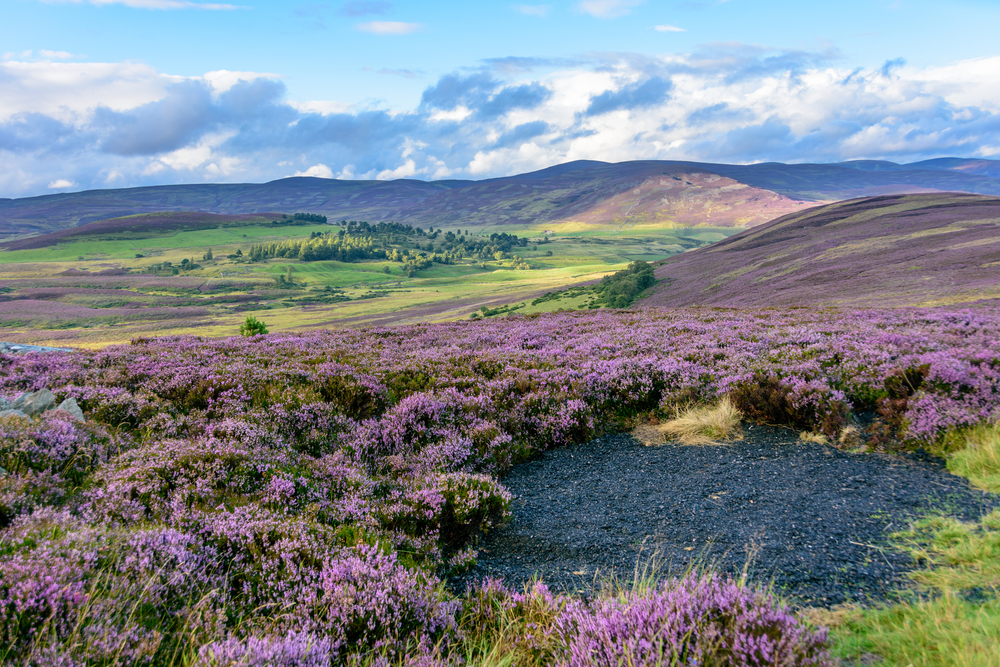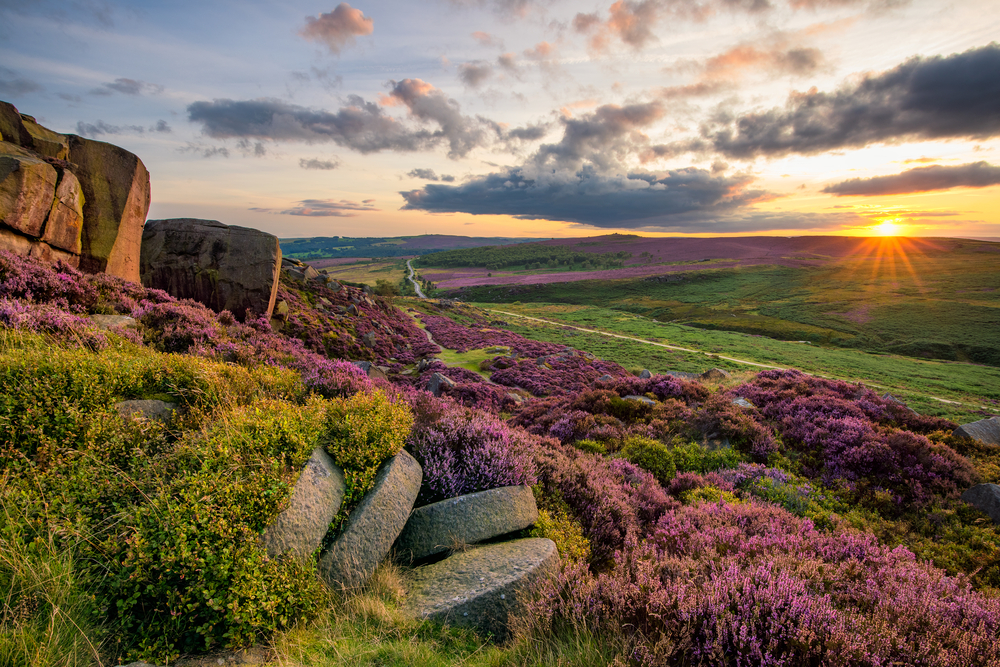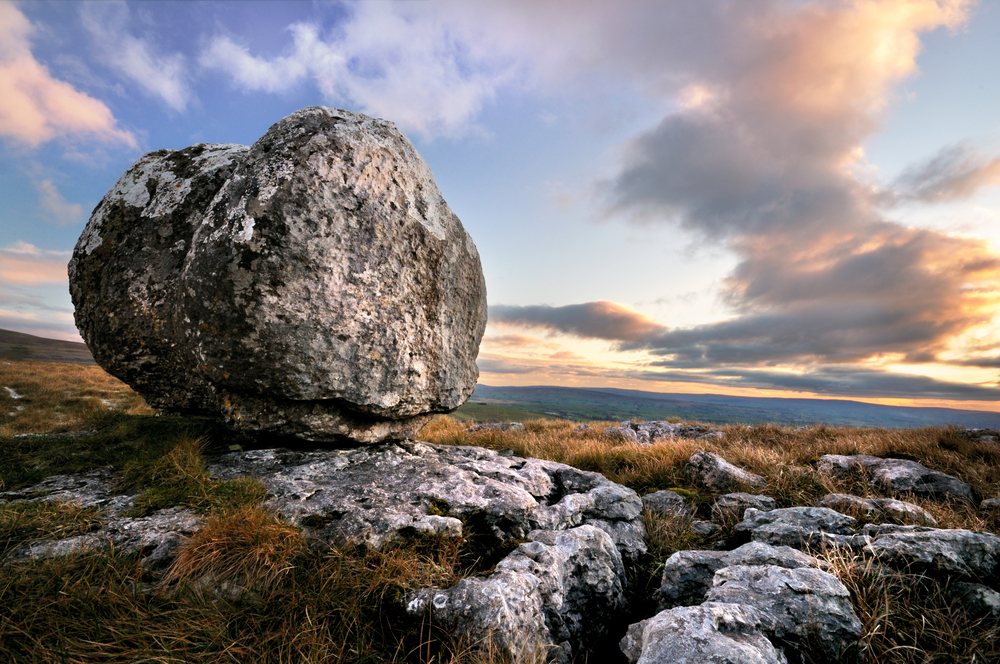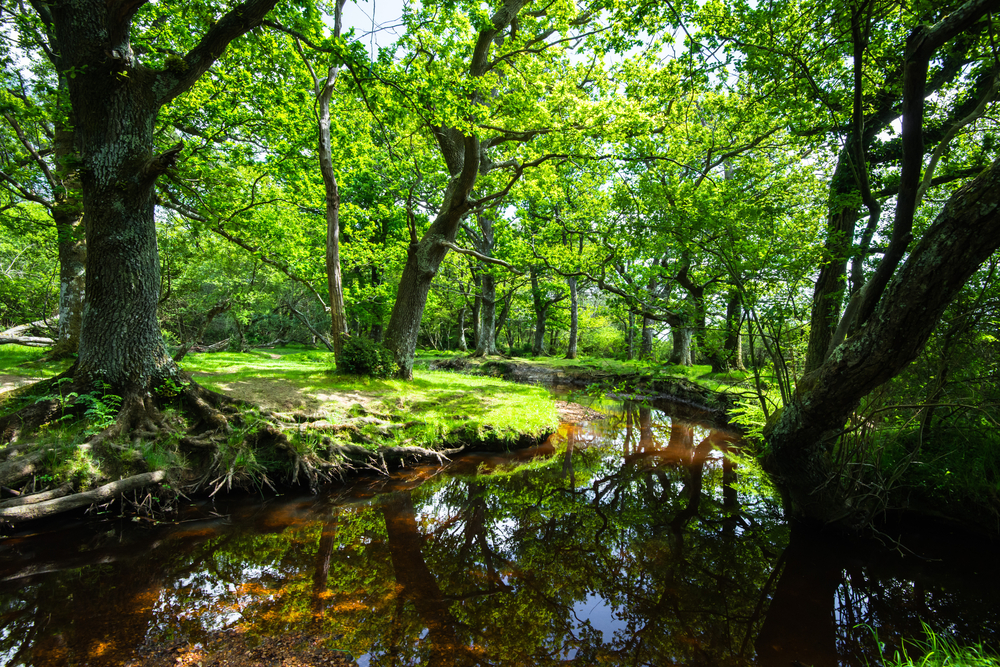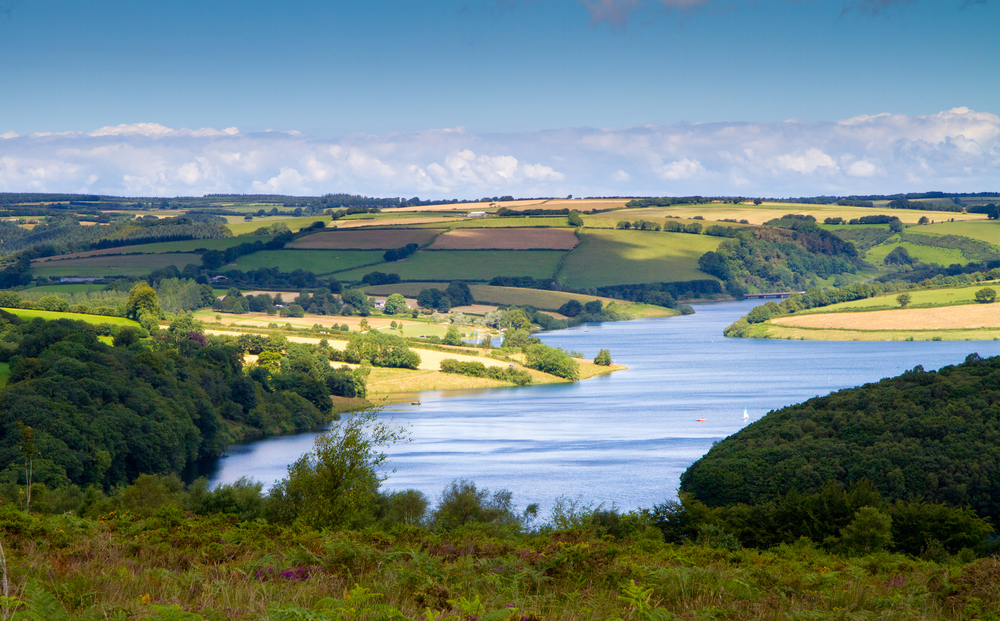Brecon Beacons Overview
Brecon Beacons National Park, known locally in Welsh as “Parc Cenedlaethol Bannau Brycheiniog,” is a stunning expanse of natural beauty in southern Wales. Spanning approximately 520 square miles (1,344 square kilometers), the park is a tapestry of sweeping landscapes, rugged terrains, and enchanting valleys.
It stretches across the counties of Powys, Carmarthenshire, and Monmouthshire, providing an accessible yet unspoiled haven for nature enthusiasts. The park’s crowning glory is the Brecon Beacons mountain range, characterized by dramatic peaks such as Pen y Fan, the highest point in southern Britain at 2,906 feet (886 meters), and its neighboring summits, Corn Du and Cribyn.
The terrain within the park is diverse and captivating, offering a blend of rolling hills, heather-covered moorlands, deep green forests, and meandering rivers. Iconic waterfalls like Henrhyd Falls, the highest waterfall in South Wales, and the enchanting Sgwd yr Eira are key features that draw visitors. The park also harbors significant limestone caves, such as Ogof Ffynnon Ddu, the deepest cave in the United Kingdom. Vast tracts of farmland and ancient woodlands filled with oak, ash, and hazel trees punctuate the landscape, adding to the park’s timeless charm.
Brecon Beacons is a sanctuary for wildlife, with its varied habitats supporting a rich array of species. Visitors may spot mammals like red foxes, badgers, and elusive otters along the rivers, while the uplands are home to grazing Welsh mountain ponies and sheep. Birdlife in the park is particularly notable, with red kites soaring through the skies and peregrine falcons nesting on rocky outcrops. Woodland areas are alive with the calls of songbirds such as chaffinches and great tits, and wetlands provide habitats for species like herons and dragonflies.
The park is renowned for its Dark Sky Reserve status, offering exceptional stargazing opportunities free from light pollution. Popular activities in the Brecon Beacons include hiking along well-trodden paths such as the Beacons Way and exploring historical sites like the ruins of Llanthony Priory or the remnants of ancient hillforts. Cyclists and horseback riders also find plenty of trails catering to their pursuits, while adventure seekers can enjoy activities like caving, rock climbing, and kayaking.
Brecon Beacons National Park faces challenges such as managing visitor impact, combating habitat degradation, and addressing climate change effects. However, conservation successes, such as the reintroduction of red kites and the maintenance of ancient woodlands, showcase the park’s commitment to protecting its natural and cultural heritage.
The park’s management focuses on balancing sustainable tourism with preserving the environment, ensuring its beauty endures for future generations. It is one of the United Kingdom’s remarkable protected areas.










































































